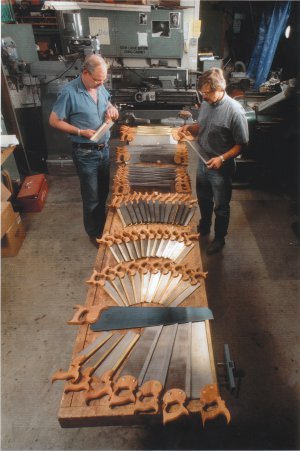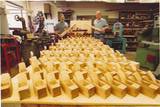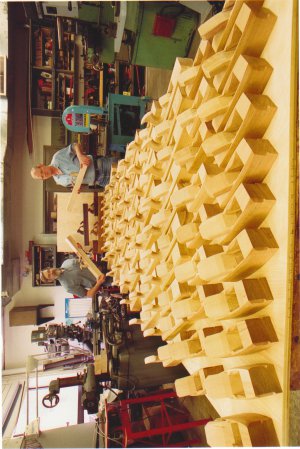Hi All!
Yesterday, I saw the tool (or part of a tool) in a box of machinist's tools at a flea market. It intrigued me, so I adopted it for twenty five cents. But, I sure am stumped about what it is. Do any of you recognize it? It is perhaps a part of another tool or fixture?
The interesting part is the wedge on the top. It kind of looks like the wedge on a nut splitter tool.
I'm stumped on this one.
Thanks For Ideas!
Paul
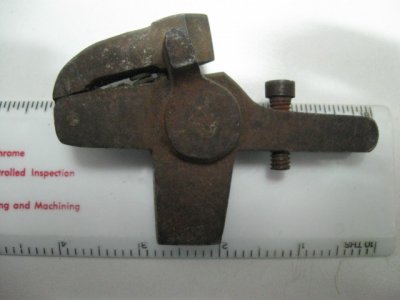
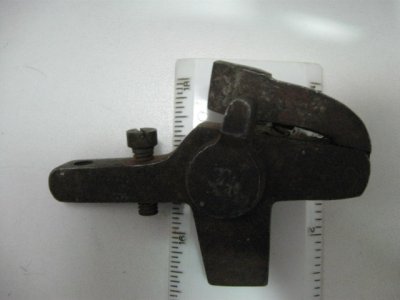
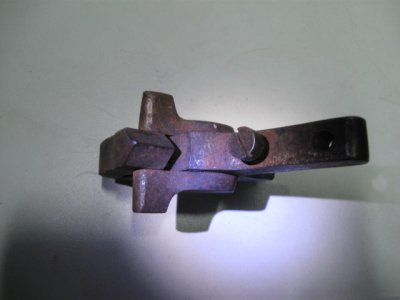
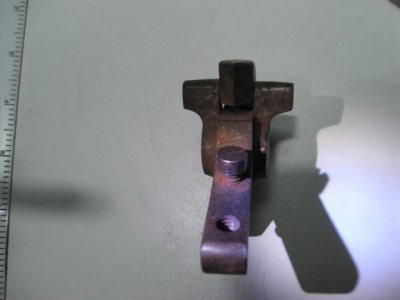
Yesterday, I saw the tool (or part of a tool) in a box of machinist's tools at a flea market. It intrigued me, so I adopted it for twenty five cents. But, I sure am stumped about what it is. Do any of you recognize it? It is perhaps a part of another tool or fixture?
The interesting part is the wedge on the top. It kind of looks like the wedge on a nut splitter tool.
I'm stumped on this one.
Thanks For Ideas!
Paul






